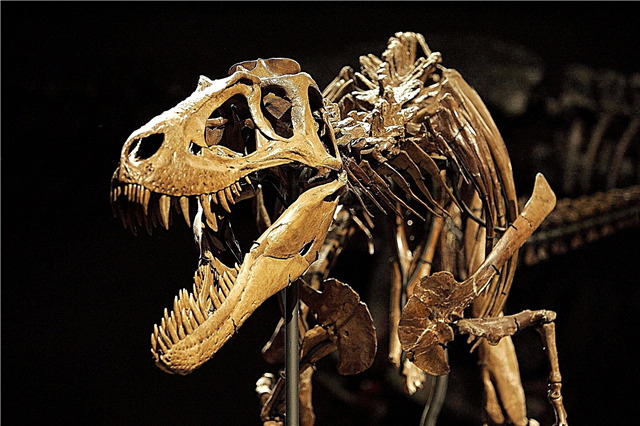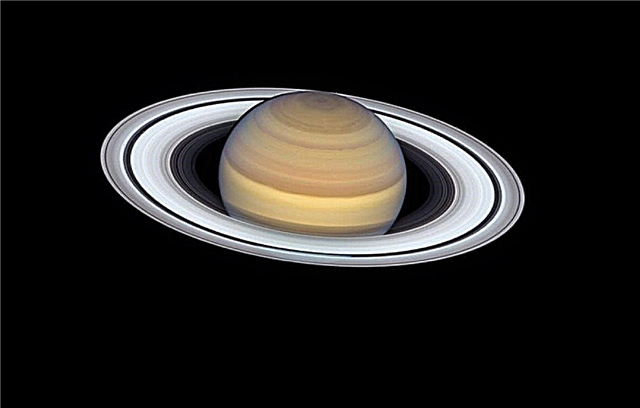
All cats, including the largest, are members of the cat family (Felidae). The term “big cat” was originally used to refer to four large wild cats belonging to the genus Panthera that are capable of roaring.
The expanded definition of large cats includes other large cats that do not roar. Find out which 5 cats are in the TOP 5 largest cats in the world.
Fifth Place - Puma

Other names for the cougar are mountain lion, cougar, panther. Puma belongs to the genus Puma. It lives in the Americas. Lives in shrubs, swamps and forests. Mountain lions are solitary and territorial animals, their ranges vary from 250 square meters. km to 950 square meters. km The puma has yellow-brown hair, straight ears, a long tail. The animal is born with spots, which disappear as they grow.
Males weigh on average from 50 to 100 kg, females - 30-65 kg. The pumas have large strong legs and proportionally the largest hind legs in the cat family. This build helps jump over long distances (4-12 meters) and run fast (60-80 km / h).
The cougar does not roar, makes sounds of hissing, growling, whistling, screaming. Mountain lions are active at dusk, at night and at dawn; they are predators that eat prey of various sizes - from insects, rodents to medium and large ungulates (especially deer).
The total population of the mountain lion is estimated at less than 50,000. The average life expectancy in the wild is 8-13 years, in the zoo - about 20 years.
Fourth place - Leopard (Panthera pardus)

The fourth largest wild cat is a leopard. There are 9 subspecies of leopard (African, Indian, Javanese, Arabian, Anatolian, Amur, Indochinese, Sri Lankan), which are found in Africa, East and South Asia. These cats live in tropical forests, deserts, savannahs, meadows, mountains, coastal areas, shrubs, and marshy areas.
Leopards spend a lot of time on trees, active mainly at night. Leopards have a muscular, flexible body, they run at a speed of 60 km / h, jump 6 meters in length and 3 in height. Like the cougar, leopards are solitary, territorial, predatory animals. Leopards roar, growl, meow. Their roar is associated with spraying wood.
The color of leopard fur varies from pale yellow to tan or gold. There are dark spots on the body, which are called “rosettes”, because they have the shape of a rose. Males are larger and heavier than females: 40-90 kg versus 30-60 kg.
Leopards are endangered. The rarest subspecies - the Amur leopard - is found in the Far East, Korea and northeast of China, their number in the wild is only 30 individuals. The average life expectancy is 12-17 years in the wild and up to 23 years in zoos.
Third place - Jaguar (Panthera onca)

Jaguar is the largest cat in the Americas and the third largest in the world. Preferred habitats for the jaguars are swamps and wooded areas; but they also live in shrubs and deserts. The largest population of jaguars is in the Amazon rainforest. Jaguars roar, they have a powerful jaw, sharp and strong fangs, which gives a high bite force. The coat is usually yellow-brown, but the color sometimes changes from reddish brown to black. Black jaguars, leopards and cougars, in which melanism is manifested, are called "black panthers" or simply "panthers".
How to distinguish a jaguar from a leopard?

The jaguar has dark spots on the body of the “outlet”, in the center of which, unlike the leopard, there are black dots. Along the midline of the back there is a series of long black spots that sometimes merge into a strip.
The male jaguar is larger than the female, and weighs from 100 to 160 kg. They establish territories twice as much as females, and cross the ranges of several females.
Jaguars are endangered.An estimated 15,000 jaguars remain in the wild. Life expectancy is 12-15 years, in the zoo over 20 years.
Second Place - Lion (Panthera leo)

Known for his grandeur, strength, beauty and nicknamed the “King of the Jungle”, the lion is the second largest cat in the world. Lions live in grassy plains, savannas, open forests and shrubs. The size and appearance of lions differ between the floors: males weigh - 150-250 kg, females - 110-180 kg. Males have a mane that protects their neck and throat in battles with rivals. Lions have bunches of six at the end of the tail. The color of the coat varies from light yellow to silver white and from yellowish red to dark brown. Lion cubs are born with dark spots on the body that disappear with maturity.
Historically, lions lived in most of Europe, Asia and Africa, but now they are found only in two regions of the world and are divided into two subspecies:
- Asiatic lions that live in Gear-Forest National Park in India. This population has less than 500 lions;
- African lions living in sub-Saharan Africa. In Africa, less than 21,000 lions remain.
Lions are active at night during the hunt. Their speed reaches 80 km / h, and the jump is up to 11 meters. They hunt for 2-3 hours, rest the rest of the time. The lions have the loudest roar among big cats, which is heard at a distance of 8 km.
Lion is the most social wild cat. Lions live in groups called prides, consisting of about 15 animals. Each group has a territory that they protect from other predators. Its area is 20-400 square meters. Lionesses often go on a joint hunt. Lions live on average 10-14 years in the wild and longer than 20 years in zoos.
The biggest cat in the world

The largest cat in the world is a tiger. Tigers have orange hair with characteristic black vertical stripes that help to disguise themselves when hunting for prey; there are black and white tigers with golden stripes, as well as white (albinos). The stripes on the body of the tigers are individual, like human fingerprints.
Tigers live in South Asia, China and the Far East. The habitat includes a variety of places, ranging from dry pastures to rainforests. Tigers are skilled swimmers who cross lakes and rivers with a width of 6-8 km.
Tigers weigh from 65 to 325 kg, the largest of them - Siberian, also called Amur - weigh about 300 kg. The Bengal tiger makes up about half of the tiger population.
9 tiger subspecies are recognized: Bengal, Siberian (Amur), Indochinese, South China, Sumantran, Malay, Caspian, Javanese and Balinese. The last 3 subspecies have died out over the past century, the South Chinese tiger has died out in the wild, the remaining subspecies are classified by the International Union for Conservation of Nature as endangered, as their number decreases due to loss of habitat and poaching. Since the beginning of the 20th century, the number of tigers has decreased from 100,000 to 3,200 individuals.
Tigers are solitary predatory animals: they spend a lot of time alone, traveling through their territories in search of food. The largest range has the Siberian tiger - up to 10,000 square meters. Tiger food consists mainly of large prey (deer, wild pigs, rhinos, antelopes, buffalos, elephants). The average life span of a tiger in the wild is between 14 and 18 years.
Liger

There is a cat even bigger than a tiger. This “liger” is a giant lion with blurry stripes, obtained by crossing a tiger with a lioness. Scientists believe that the size of the hybrid is the result of the lack of genes that limit growth. Ligars grow to a length of more than 3.5 meters and weigh more than 400 kg. There are about 25 ligers on the planet. The behavioral traits of this animal are manifested as a combination of habits of both parental species.
Thus, the fifth place in the list of TOP 5 largest cats in the world is occupied by the cougar, which is a member of the genus Puma.The highest positions are occupied by cats that belong to the genus Panthera - leopard, jaguar, lion and tiger, leading this rating. A cat, even larger in size than a tiger, is a liger - a hybrid obtained by crossing a lion and a tigress.












